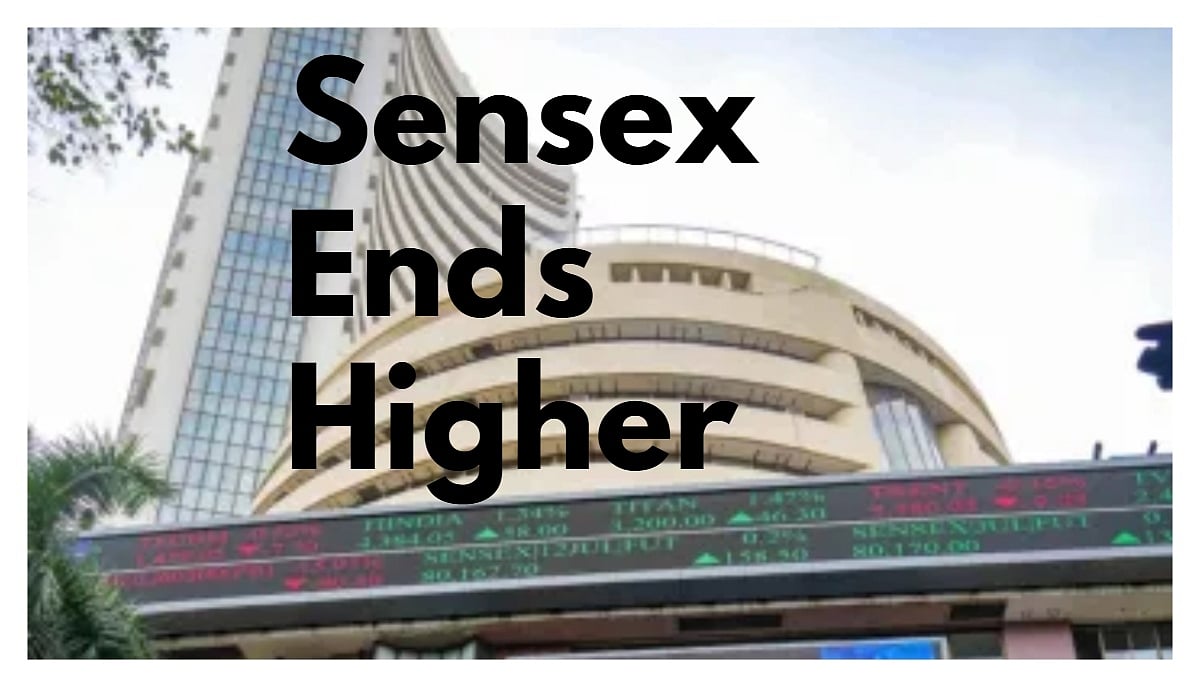At the time of writing this piece, the finance minister is yet to announce the second tranche of the stimulus package. But, going by the market's reaction, it has probably not seen any stimulus for immediate demand revival.
In the first tranche, the government has chosen to maintain a fine balance between improving liquidity while maintaining fiscal prudence. Market was probably disappointed with the absence of immediate relief measures.
However, new announcements are going to be made over the next 3-4 days and the market is hoping to see more steps like EPF exemption and TDS tax cuts which could improve the liquidity in the hands of the end-user.
On May 14, market wiped out the entire gains of the previous session as Sensex tanked 2.77% to close at 31,122.89 while Nifty lost 2.57% and closed below 9,150 mark. Bharti Infratel (up 6.88%), Zee Entertainment (up 2.72%) and HeroMoto (up 2.46%) were the major gainers while Tech Mahindra (down 5.33%), Infosys (down 5.19%) and Hindalco (down 5.14%) were the major losers of the day.
First tranche: A perfect balancing act?
First tranche of the fiscal package has largely focussed on credit cycle revival without increasing the fiscal burden. Major drawback that the market saw was the lack of cash components reaching the hands of the consumers.
If one gives a closer look, only EPF contribution of Rs 10,000 crore is the actual cash outflow for the government out of the total announcements worth Rs 6 lakh crore made in the first tranche. In the form of guarantees, the government has tried to utilize what is already available with the banking system.
Indian banking system is already sitting on excess liquidity worth Rs 7 lakh crore, lying idle with the Reserve Bank of India. The banks have been completely unwilling to lend to MSMEs and NBFCs without government guarantees. Even the repo rate cuts or dis-incentivizing money- parking by slashing the reverse repo rates couldn't prompt the banks to lend.
In the first tranche, the government has focused on utilizing this banking liquidity first rather than borrowing or printing the money to boost consumption. Borrowing or printing money would have led to inflation as well as excess fiscal deficit which the government has tried to minimize.
Key takeaway,
The Centre has already announced plans to borrow ₹12 lakh crore in the current fiscal, 54% more than budgeted. With this plan, India's fiscal deficit is expected to touch 5-6% of GDP against the budgeted target of 3.5%. The Provisions of the first tranche have tried to ensure the revival of the credit cycle by avoiding any further damage to the fiscal math.
For more insights and picks like these, please visit Teji Mandi.










